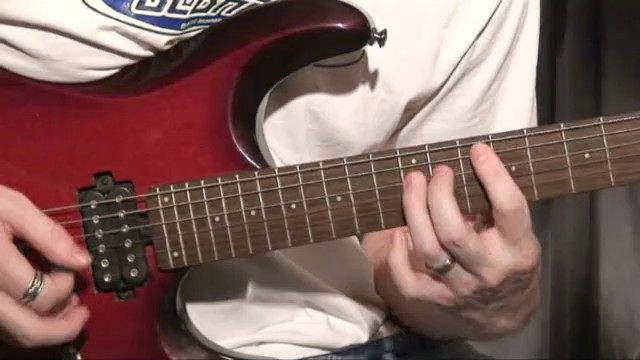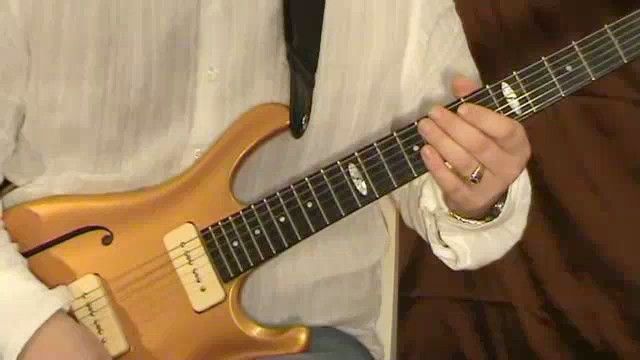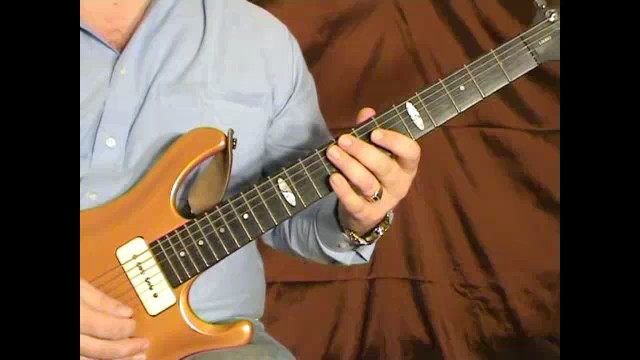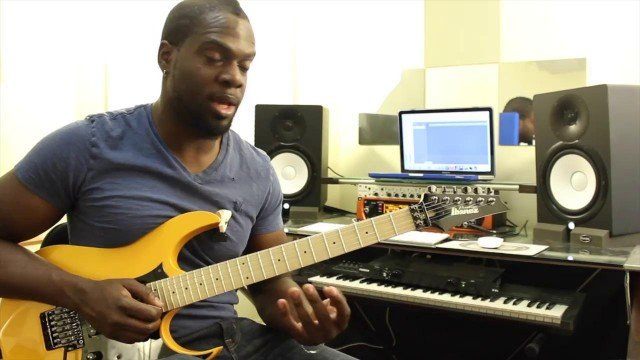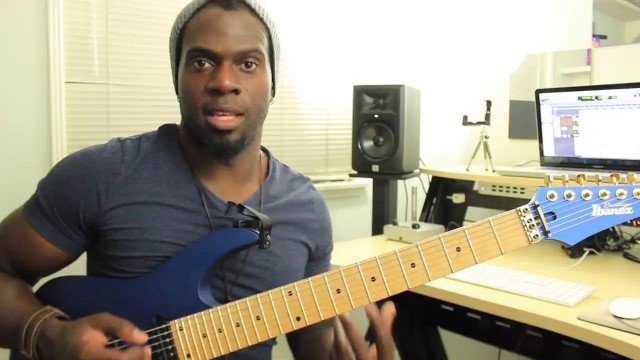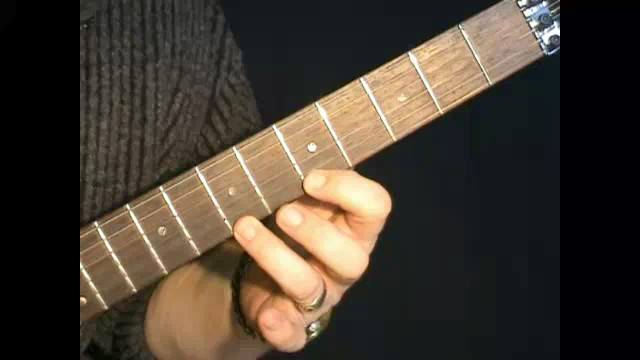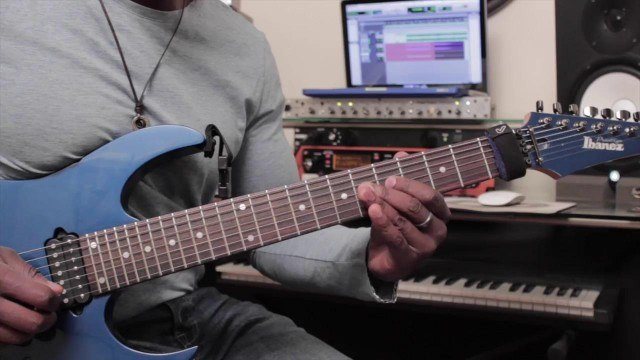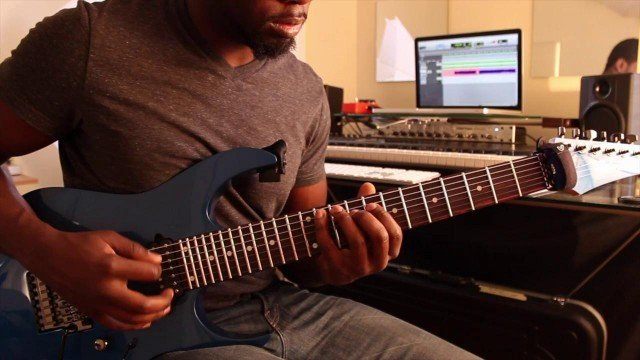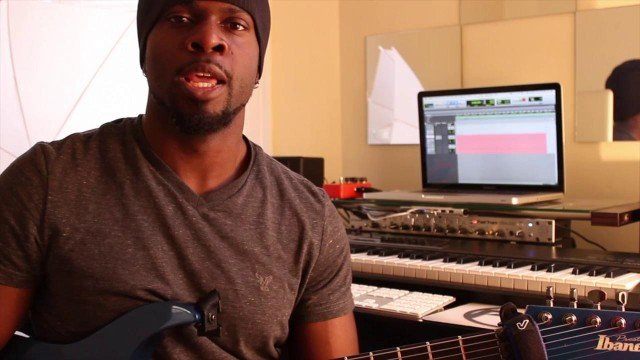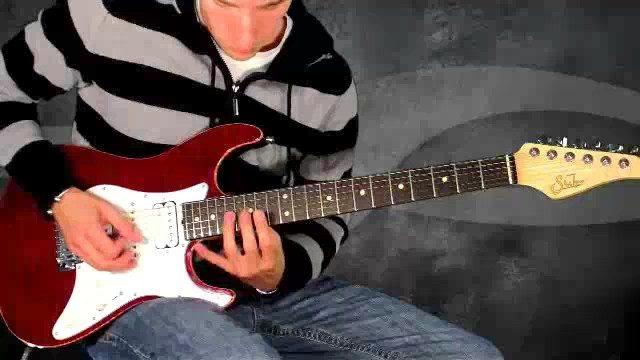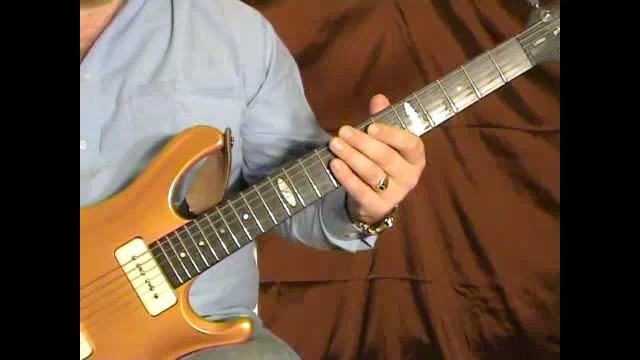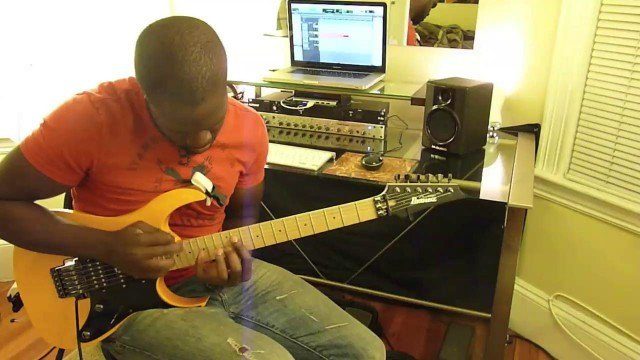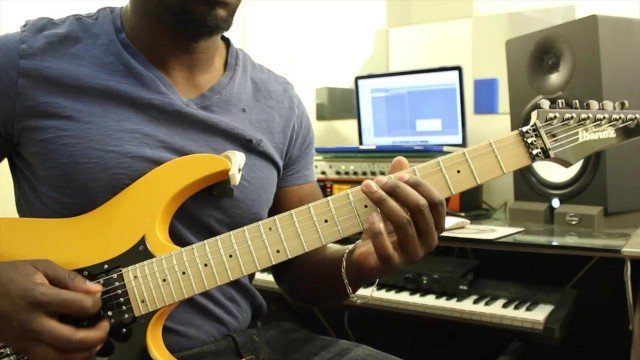Before we get started, let's make sure you understand what an arpeggio actually is. An arpeggio is simply the notes of a chord played in succession. So if you took any random chord, and played the notes of that chord individually one at a time, you'd be playing an arpeggio for that chord.
In the tablature throughout this etude, I'll be giving you an idea of what arpeggio you're playing by writing it above the appropriate bar. Check out the tab and notice how I put "E minor" for the first two bars. Then for the last two bars you'll see "B minor". When you practice these two arpeggios, you'll notice that they have the exact same shape, just played in different places. So for your future reference, keep in mind that the shape you're playing in this lesson is a good example of a minor arpeggio shape. In the next lesson, you'll learn an example of a major arpeggio shape.
It's very important that you follow the picking motions I indicate in the tablature. There's a variety of stuff going on here: pull-offs, hammer-ons, slides, and sweeps. So be sure to take it note by note as you learn these arpeggios.
A final note about sweep picking: Make sure your picking hand is both controlled and smooth as you pick through the strings. It's very important to have smooth picking motions when you sweep. You want your hand to glide naturally through the strings, rather than having an individual picking motion for each note.
Practice this exercise slowly. Then when you're ready, head on over to the next page!













